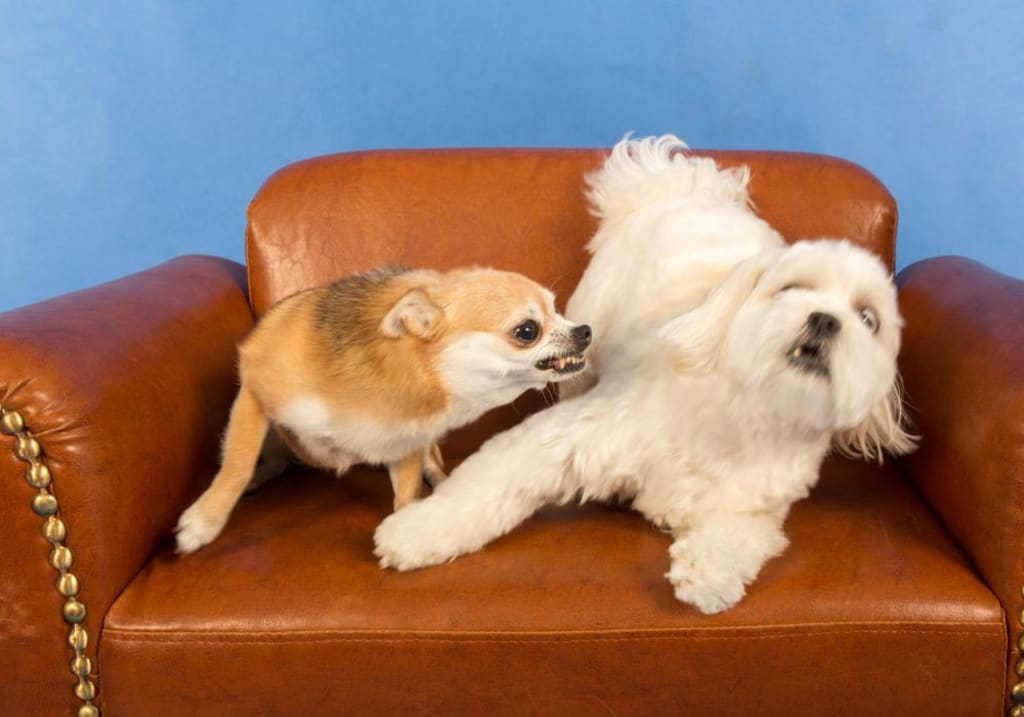
Unlocking Your Dog's Full Potential: Overcoming Shyness and Fear
Socializing a shy or fearful dog requires patience, understanding, and a gentle approach. Shyness and fear are common issues in dogs, often stemming from a lack of exposure to new environments, people, and experiences during their critical development period. If left unchecked, these traits can lead to behavioral problems, anxiety, and even aggression. In this comprehensive guide, we will explore the causes of shyness and fear in dogs, and provide a step-by-step plan to help you socialize your shy or fearful dog.
Understanding Shyness and Fear in Dogs
Shyness and fear are natural emotions in dogs, just like in humans. However, when these emotions become overwhelming or persistent, they can negatively impact a dog's quality of life and relationships with its human family. There are several reasons why a dog may develop shyness or fear:
- Lack of Socialization: Dogs that are not exposed to various environments, people, and experiences during their critical development period (between 8 and 11 weeks old) may develop shyness or fear.
- Genetic Predisposition: Some breeds are naturally more timid or fearful due to their breeding history.
- Traumatic Experiences: Dogs that have experienced trauma, such as abuse or neglect, may develop fear-based behaviors.
- Lack of Confidence: Dogs that are not confident in their environment or interactions may become shy or fearful.
Signs of Shyness and Fear in Dogs
Before you can socialize your shy or fearful dog, it's essential to recognize the signs of shyness and fear. Common indicators include:
- Avoidance: Your dog may avoid certain situations, people, or environments.
- Tail Tucking: A tucked tail can indicate fear or anxiety.
- Whining or Whimpering: Whining or whimpering can be a sign of distress or fear.
- Cowering: Your dog may cower or lower its body posture when feeling threatened or scared.
- Freezing: In extreme cases, your dog may freeze in place, unable to move or respond.
Step-by-Step Guide to Socializing a Shy or Fearful Dog
Socializing a shy or fearful dog requires a gradual and gentle approach. Here are the steps to help your dog overcome its shyness and fear:
Step 1: Identify and Avoid Triggers
- Identify Triggers: Identify the specific situations, people, or environments that trigger your dog's shyness or fear.
- Avoid Triggers: Avoid exposing your dog to these triggers until you have built up its confidence and coping mechanisms.
Step 2: Build Trust and Confidence
- Positive Reinforcement: Reward your dog with treats, praise, and affection when it exhibits calm behavior.
- Consistency: Establish a consistent routine and environment to help your dog feel secure.
- Gradual Exposure: Gradually introduce new experiences, people, and environments to help your dog build confidence.
Step 3: Desensitize and Countercondition
- Desensitize: Gradually expose your dog to the triggers that previously caused fear or shyness, starting from a distance or with a low-intensity stimulus.
- Countercondition: Associate the triggers with positive experiences by offering treats and praise when your dog remains calm.
Step 4: Practice Socialization
- Start Small: Begin with small, manageable socialization sessions, such as short walks or visits to quiet areas.
- Gradually Increase Exposure: Gradually increase your dog's exposure to new people, environments, and experiences.
- Monitor Progress: Monitor your dog's progress and adjust your socialization plan as needed.
Step 5: Seek Professional Help
- Consult a Professional: If your dog's shyness or fear is severe or persistent, consult a professional dog trainer or behaviorist for personalized guidance.
- Behavioral Modification: Work with a professional to develop a customized behavioral modification plan tailored to your dog's specific needs.
Conclusion
Socializing a shy or fearful dog requires patience, understanding, and a gentle approach. By identifying and avoiding triggers, building trust and confidence, desensitizing and counterconditioning, practicing socialization, and seeking professional help when needed, you can help your dog overcome its shyness and fear. Remember to always prioritize your dog's emotional well-being and safety during the socialization process.
About the Creator
Hasan
Welcome...
In this site of mine you can learn amazing things and many information that you don't know so please subscribe to my site.
Enjoyed the story? Support the Creator.
Subscribe for free to receive all their stories in your feed. You could also pledge your support or give them a one-off tip, letting them know you appreciate their work.






Comments
There are no comments for this story
Be the first to respond and start the conversation.